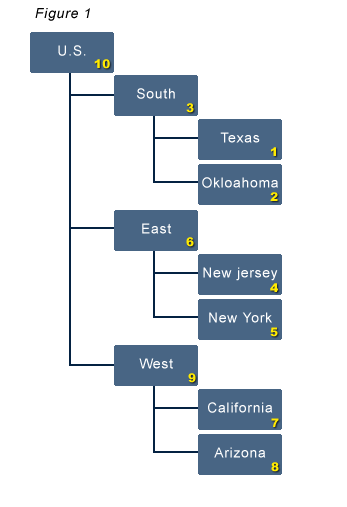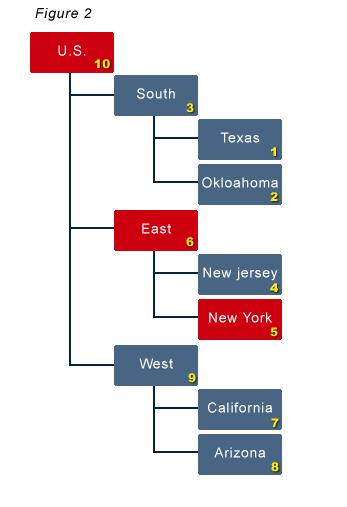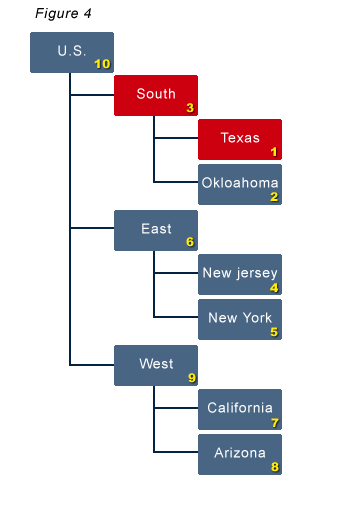Managing Virtual Machines
Many developers that work with Hyperion products, as well as many any other software product, use virtual machines. Virtual machines are an easy way to create multiple environments for testing and developing multiple product versions
The 3 main applications to create and use virtual machines are
- Microsoft’s VirtualPC (version 2007 can be downloaded here)
- Sun’s VirtualBox
- VMWare
I have used all 3. Opinions can be found that promote all 3. Many IT professionals prefer VMWare. I have found it to be a little cumbersome to use, and find sharing virtual machines to be a frustrating experience. I am not a stereotypical IT professional, but rather a business person with an aptitide for technology. That said, I prefer VirtualBox. For me, VirtualBox is easier to install and manage the virtual machines. It is easy to move virtual hard drives to another computer, simple to duplicate a virtual hard drive and allows users to take snapshots, which allows, for lack of a better explanation, a huge undo if required.
Through my VirtualBox travels, I have found the following knowledge to be very valuable. Here are some HOW TOs that might be useful if you decide to use Sun’s VirtualBox.
How to reduce the size of a virtual machine
The use of virtual machines (just like any system) cause fragmentation and the size of the virtual hard drive to grow, sometimes substantially. Managing the size of the virtual machine is relatively easy, and is not time consuming. It involves 3 actions (defrag, delete free space, and compact the virtual hard drive). Here is one way to accomplish reducing the size of your virtual machine / virtual hard drive.
- Open the virtual machine that needs compressed
- Download sDelete, and extract the sDelete.exe to c:\
- NOT REQUIRED: Download and install Smart Defrag – this is a free disk defrag tool that I have found to be more effective than the one that comes with the Windows OS.
- Use the disk defrag tool that comes with Windows or the one above, and defragment the hard drive.
- Go to Start/Run, and enter “c:\sdelete.exe -c”
- Shut Down the OS on the virtual machine
- On the host computer, open a command window (Start/Run, and enter cmd)
- If VirtualBox was installed in the default location, change the directory to the VirtualBox directory by entering “cd C:\Program Files\Sun\xVM VirtualBox\”
- Enter “VBoxManage modifyvdi HardDrivePathAndName compact” where HardDrivePathAndName is the full path to the hard drive the virtual machine is using.
If the virtual machine/hard drive has free space, this process will find it and reduce the overall size of your virtual machine/hard drive.
How to duplicating, or clone, a hard drive
Often times there is a need to replicate a virtual machine on the same host environment. Copying the file doesn’t do the trick, as every virtual machine’s hard disk must have a unique key. VirtualBox comes with a tool to duplicate the hard drive and assign it a new key. To accompolish, follow the following steps.
- Reduce the hard drive size (see previous topic)
- On the host computer, open a command window (Start/Run, and enter cmd)
- If VirtualBox was installed in the default location, change the directory to the VirtualBox directory by entering “cd C:\Program Files\Sun\xVM VirtualBox\”
- Enter “VBoxManage clonevdi Source Destination” where Source is the full path to the hard drive the virtual machine to duplicate and Destination is the location of the new virtual machine hard drive.
- Open VirtualBox and create a new virtual machine that points to the newly created hard drive in the previous step.



